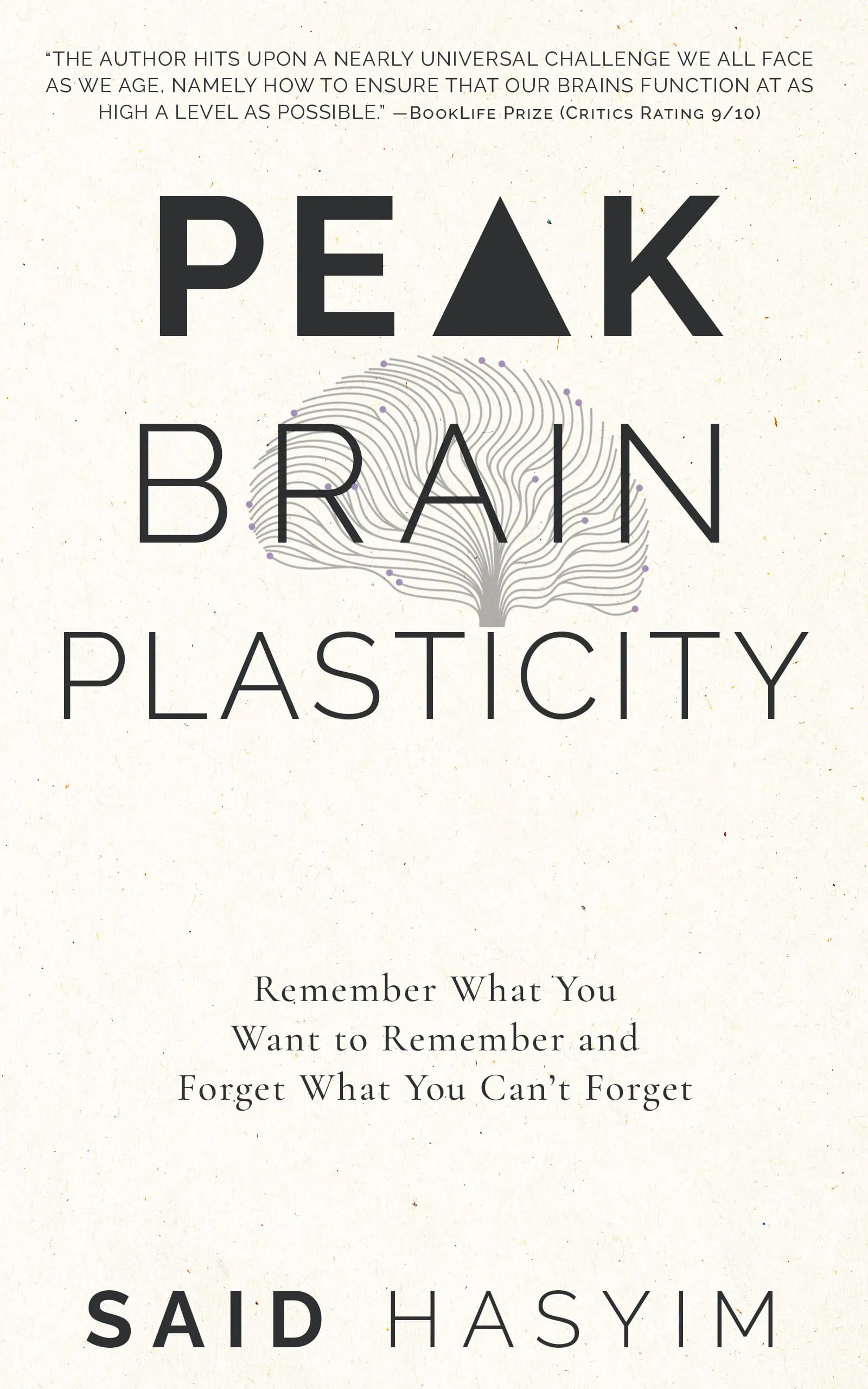The Role of Language in Memory Formation
Memory is a complex and fascinating function of the human brain, interwoven with our experiences, thoughts, and feelings. One of the key components that shape how we form memories is language. This blog post explores the intricate relationship between language and memory, examining how language influences our ability to encode, store, and retrieve memories.
Understanding Memory Formation
Before diving into the role of language in memory, it’s important to grasp how memory is generally formed. Memory formation can be broken down into several key processes:
- Encoding: This is the initial process of perceiving and processing information. It involves translating sensory input into a format that can be stored in the brain.
- Storage: After encoding, information is stored in various forms—short-term or long-term memory.
- Retrieval: This involves accessing and bringing stored information back to consciousness.
These processes are constantly influenced by various factors, including context, sensory experience, and of course, language.
Language as a Cognitive Tool
Language is often viewed as a means of communication, but it also serves as a vital cognitive tool that shapes how we think and remember. Cognitive linguists argue that our thoughts are inherently linked to the language we use. This connection implies that our capacity for memory is influenced by the linguistic frameworks we adopt.
The Linguistic Encoding of Memories
The way we encode memories can significantly change based on the language we use. Here are some key aspects to consider:
Descriptive Language: When we describe an event using rich, detailed language, we create more robust memories. For example, an experience recalled with vivid adjectives and emotions tends to be remembered more clearly than when described with simple terms.
Linguistic Relativity: The Sapir-Whorf hypothesis posits that the structure of a language influences its speakers' worldview. This means that the language we use can change how we perceive events and, subsequently, how we remember them. Individuals who speak languages with multiple words for “snow,” for example, may encode snowy experiences differently than those who have only one word.
The Role of Narrative in Memory
Narratives are powerful forms of language that help us organize and categorize experiences. Storytelling aids memory in several significant ways:
Frameworks for Understanding: Narratives provide a structure that helps us make sense of events. When we place experiences within a narrative context, we create a web of associations that enhances recall.
Cultural Memory: Many cultures rely on oral traditions to pass down histories and knowledge. The language of these narratives plays a crucial role in preserving collective memory, showing how language and memory can work together to maintain cultural identity and shared experiences.
Emotional Language and Memory Retrieval
The emotions tied to memories can also be influenced by language. When we label our emotions using precise language, it can lead to improved memory retrieval. Here’s how:
Emotional Clarity: Describing emotions using specific language can help solidify the memory of the experience. For instance, remembering a moment of sadness as “heartbreaking” can help us grasp the depth of emotion associated with it, making that memory more vivid.
Cognitive Mapping: Language allows us to create cognitive maps of experiences. When we recall a memory, the emotional language we use can activate related memories, reinforcing our overall recollection and enhancing emotional depth.
Cross-Language Memory Differences
Studies show that bilingual and multilingual individuals might have different memories tied specifically to the languages they speak. For instance, a person might recall certain experiences differently depending on whether they are reminiscing in their native language or a second language.
Contextual Cues: The language used can serve as a contextual cue that aids retrieval. A memory tied to a specific language may feel more accessible when in the same linguistic environment or context.
Emotional Nuance: Certain emotions are better expressed in specific languages due to cultural nuances embedded in the language. These can evoke particular memories more effectively than others.
The Implications for Education and Cognitive Development
Understanding the relationship between language and memory has profound implications for education and cognitive development:
Language Education: Teaching students to articulate their thoughts and feelings through language can potentially enhance their memory and learning. Encouraging descriptive writing and storytelling can help deepen their engagement with the material.
Memory Techniques: Techniques that emphasize language—like mnemonic devices, acronyms, or rhymes—can take advantage of the natural interplay between memory and language.
Cognitive Development in Children: As children acquire language, their memory capabilities also expand. Creating narratives and expressing emotions through language can play critical roles in how children learn and remember.
Conclusion
The intricate dance between language and memory underscores just how interconnected our cognitive processes really are. Language serves not only as a tool for communication but also as a fundamental mechanism for enhancing memory formation and retrieval. Recognizing this relationship sheds light on how we think, remember, and make sense of our world, paving the way for more effective educational techniques, therapeutic practices, and a deeper understanding of our very nature as human beings.
As we continue to explore the cognitive sciences, the fundamental role of language in memory formation offers a rich field for investigation, promising new insights into how we remember—and perhaps, how we can remember better.
Harness the Power of Neuroplasticity
Discover Peak Brain Plasticity, a practical book to harnessing neuroplasticity. Enhance your memory, learn new languages quickly, and alleviate anxiety with effective study methods. Uncover daily habits that impact cognitive health and explore techniques for accelerated learning and memory retention. Unlock your brain's potential for growth and transformation.
